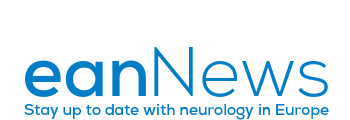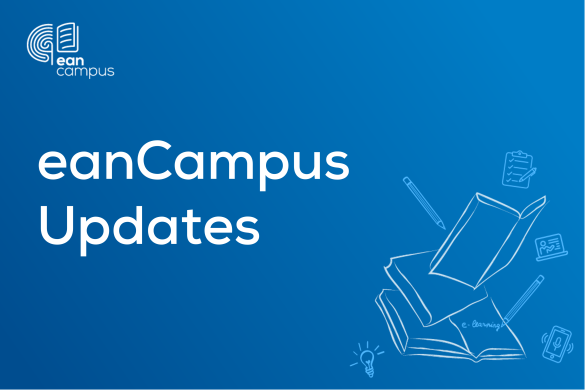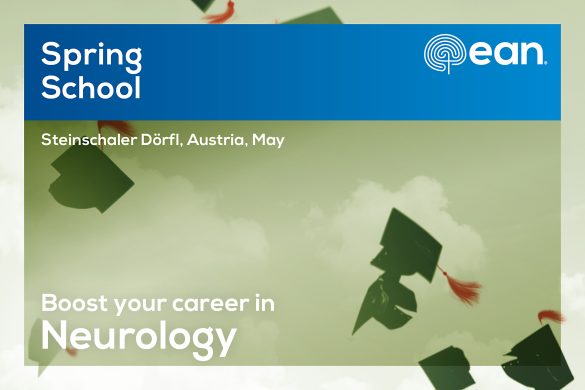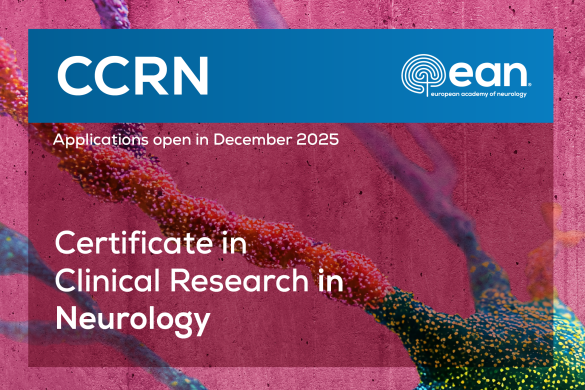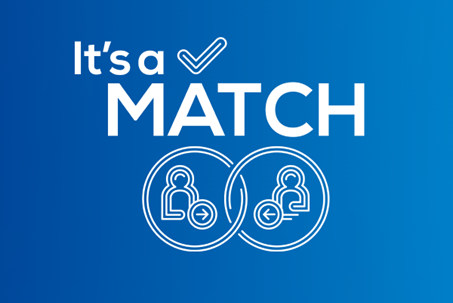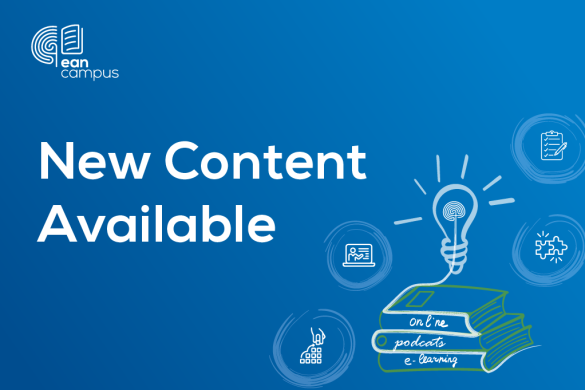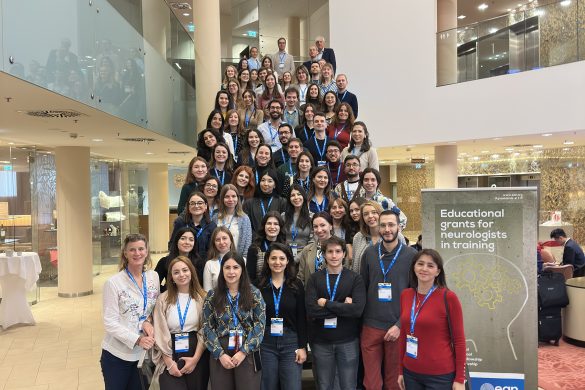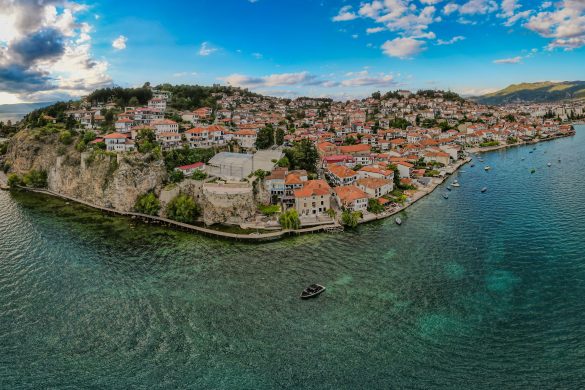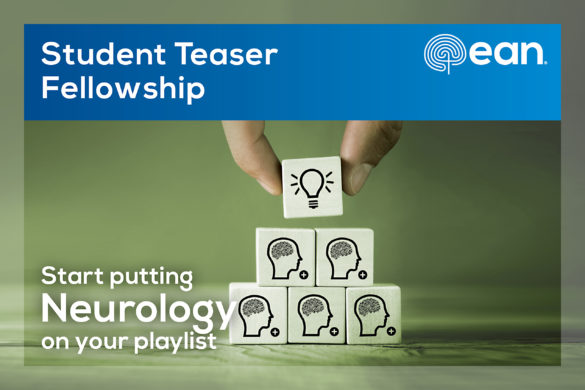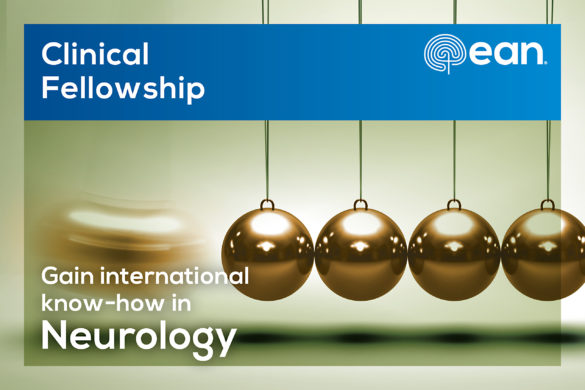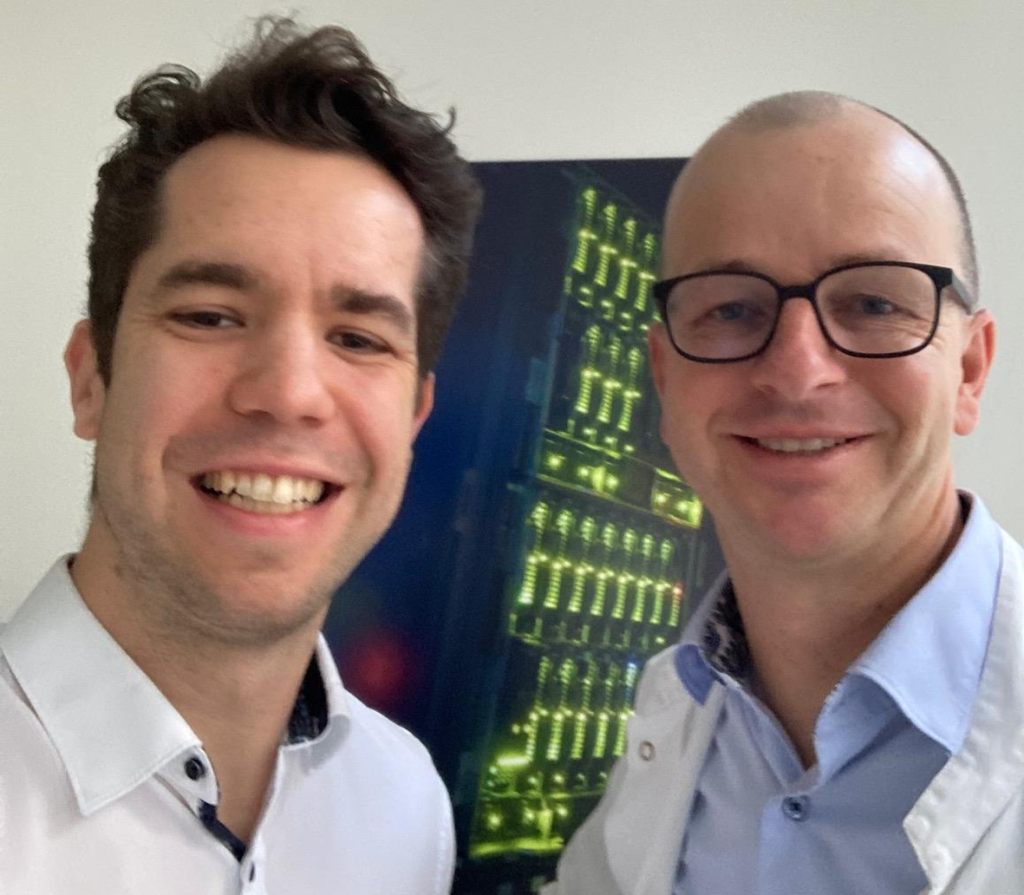
Markus Kneihsl, Graz, Austria
Hosting department: Department of Neurology, University Hospital Basel, Switzerland
Supervisor: Prof. Urs Fischer
…
It was fantastic news when I received confirmation that the European Academy of Neurology (EAN) would grant me a six-month research fellowship at the Department of Neurology of the University Hospital Basel, Switzerland. I would like to express my deepest gratitude to my supervisor, Prof. Urs Fischer, for his continuous support throughout all scientific activities. Despite being a world-renowned expert in the field of stroke research and leading numerous projects, Prof. Fischer always makes time for guidance and support. His positive leadership style and work ethic have consistently been inspiring, and these attributes are evident in all his clinical and study teams.
The kindness and helpfulness of his teams were invaluable during the execution of the project The Contribution of Covert Brain Infarcts (CBI) in Identifying the Etiology of Ischemic Stroke, which required the collection and evaluation of neuroimages from various institutions within Switzerland.
In this context, I would like to express my gratitude to Prof. Mira Katan (Basel), whose tremendous support was substantial throughout the entire research fellowship. Additionally, I am deeply thankful to Dr Thomas Meinel (Bern) for his exceptional insights as an esteemed expert in the field of CBI. I would also like to extend my appreciation to Arsany Hakim (Bern), whose expertise in neuroimaging is unparalleled. It has been an honour to be guided by his proficiency throughout our imaging studies.
These optimal requirements made it easy to conduct research and to answer prespecified questions in the field of CBI and stroke etiology. Within our first project, which was a pooled data analysis of Austrian and Swiss stroke centres including more than 1500 patients (doi: 10.1177/23969873241229612), we identified a ≈2-fold increased risk for stroke recurrence in first-ever ischaemic stroke patients with CBI and identified multiple CBI as the most important risk factor. Moreover, CBI-based recurrent stroke risk was affected by stroke etiology (i.e., increased risk of cortical lesions in stroke caused by atrial fibrillation). These findings could be considered for etiology-based stroke risk models, which could identify high-risk patient subgroups who would most likely benefit from specific secondary stroke prevention and treatment regimens.
Based on this work, we are currently exploring various research questions, including the predictive value of different CBI phenotypes for atrial fibrillation prediction in first-ever ischaemic stroke patients. These projects align with ongoing secondary stroke prevention studies at my home institution in Graz, Austria. The insights gained will contribute to expanding the ‘Diagnostic pathway in cryptogenic stroke’ project, which aims to optimise the diagnostics for acute cryptogenic stroke patients. Therefore, I am thrilled to continue this collaboration and further advance our understanding in the field of CBI and secondary stroke prevention.
Finally, this research fellowship provided me with the opportunity to connect with many admirable researchers and clinicians at the University Hospitals of Basel and Bern, as well as to explore the beauty of numerous Swiss cities and landscapes.
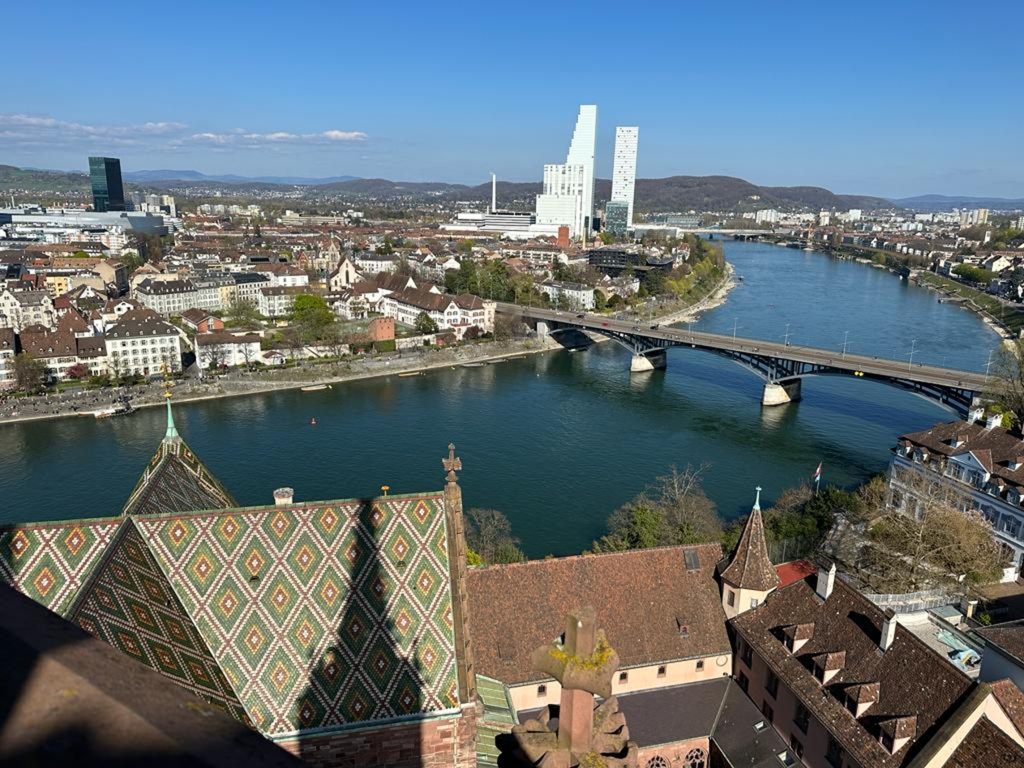
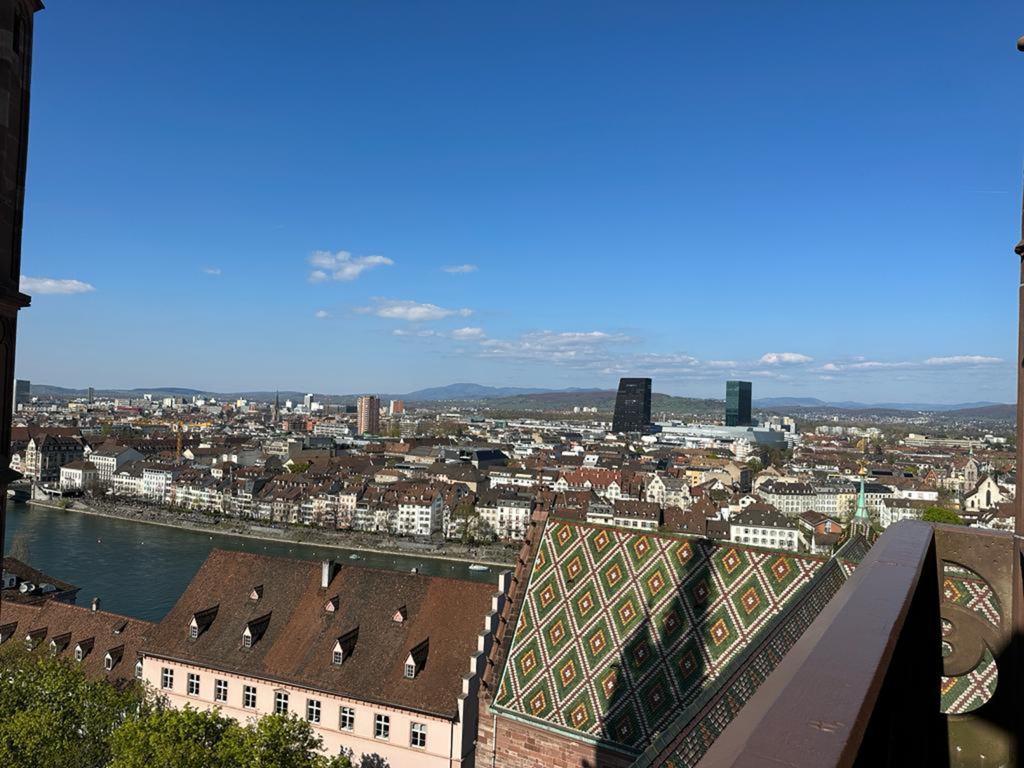
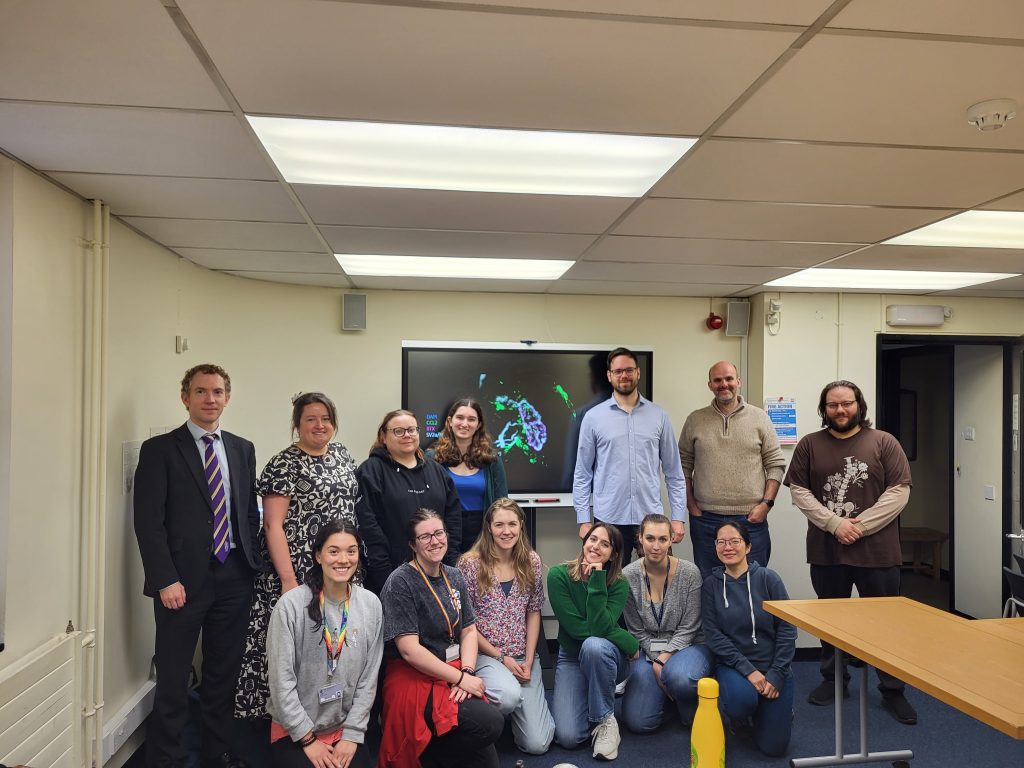
Bernát Nógrádi, Szeged, Hungary
Hosting department: Euan MacDonald Centre for Motor Neuron Disease Research, University of Edinburgh, UK
Supervisor: Prof. Tom Gillingwater
…
In the past year, I was given the opportunity to take part in an EAN Research Fellowship under the supervision of Prof. Tom Gillingwater at the Euan MacDonald Research Centre, University of Edinburgh in Scotland. The research group led by Prof. Gillingwater focuses on understanding the molecular mechanisms underlying amyotrophic lateral sclerosis (ALS) and exploring novel therapeutic options. My research project focused on the interactions between immune cells and neuromuscular junctions in the skeletal muscle in ALS.
As I was primarily aiming to expand my research knowledge and learn new techniques during the fellowship, I mostly spent my days doing immunostainings, confocal microscopy visualisation, image analysis sessions and qPCR experiments. I particularly immersed myself in the visualisation and morphometric characterisation of neuromuscular junctions, which will be most helpful in the future in evaluating neuropathological alterations in patients.
Prof. Gillingwater and his team are open, welcoming, helpful and remarkable scientists and it was truly a pleasure to work with them. I fully recommend the Gillingwater laboratory and the Euan MacDonald Research Centre for any young neuroscientist or neurologist interested in motor neuron research. This fellowship solidified my commitment towards doing scientific work in the future and helped me gain valuable laboratory-based experience. I would also like to express my gratitude towards EAN for this unique opportunity and highly encourage fellow young neurologists to apply for the EAN Research Fellowship!
Editor’s note: Bernát’s work during his EAN Research Fellowship contributed to this paper, recently published in Nature Communications: The CCL2-CCR2 axis drives neuromuscular denervation in amyotrophic lateral sclerosis | Nature Communications
Claudia Papi, Rome, Italy
Hosting department: Laboratory of Neuroimmunology, Fundació de Recerca Clínic Barcelona-Institut d’Investigacions Biomèdiques August Pi i Sunyer (FRCB-IDIBAPS), Barcelona, Spain
Supervisor: Dr. Marianna Spatola
I am glad to share my one-year EAN Research Training Fellowship experience spent in the Neuroimmunology Laboratory led by Prof. Josep Dalmau (Barcelona, Spain) under the supervision of Dr Marianna Spatola. This laboratory stands as an international referral centre for autoimmune and paraneoplastic encephalitis, boasting incredible expertise and pioneering work in the field of autoimmune neurology.
During my stay in Barcelona, I was involved in several projects investigating the pathogenic mechanisms underpinning autoimmune encephalitis. This work gave me the opportunity to gain research experience, learn a wide range of laboratory techniques (from in vitro to in vivo models), and develop a critical approach to overcoming the challenges of a new research project. Moreover, I honed my research skills by applying diagnostic methods to detect neural antibodies, such as tissue-based and cell-based assays. The supportive and interactive environment of the host laboratory played a key role in my learning process, and strongly contributed to my professional growth. The results of my work allowed me to present abstracts at international meetings (e.g., the EAN Congress), and led to the preparation of three manuscripts and one review paper (already published).
Beyond the research activity, I also participated in weekly multidisciplinary meetings where the diagnostic and therapeutic management of patients with autoimmune neurological disorders was discussed by clinicians and experts. During these meetings I learned firsthand of the importance of a patient-centered translational approach in scientific research and how to integrate scientific thinking into clinical practice.
In conclusion, I am truly grateful to Prof. Dalmau and Dr Spatola for accepting me as a fellow and for their pivotal, careful guidance during my stay. The support of the EAN Research Fellowship Programme has been instrumental in making this experience possible, and I would like to express my deepest gratitude for granting me this unique life-changing opportunity.
